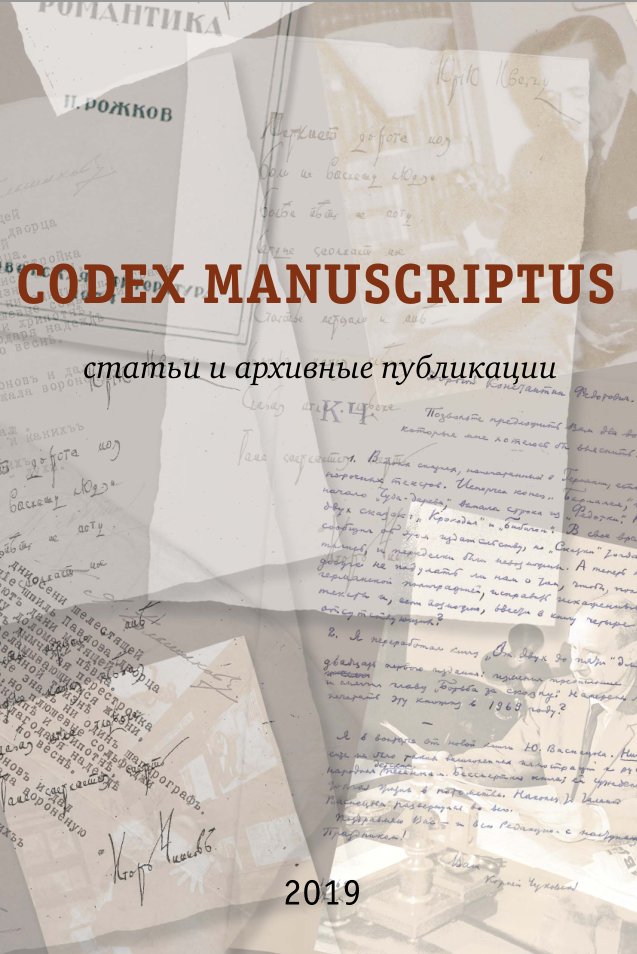Abstract:
The creative style of the artist A. Dobritsyn (b. 1929) was formed in the controversial years of the “Thaw”. In the early 1960s A. Dobritsyn found himself among the artists of the Moscow underground: he designed the almanac “Nauka i Chelovechestvo” and the magazine “Znanie — sila” together with Y. Sobolev, Ü. Sooster, E. Neizvestny, V. Yankilevsky, I. Kabakov, V. Pivovarov, M. Grobman at al. The use of symbolic and philosophical images in the design of scientific-popular and science-fiction books, has become a distinguishing feature of this artistic circle. In the late 1980s the artist illustrated a compilation of Russian and Soviet science fiction writers 19th — early 20th centuries “At the Bright Yar of the Universe”, 1988. The book included works by V.A. Levshin, V.F. Odoevsky, N.A. Morozov, A.A. Bogdanov, K.E. Tsiolkovsky, V.Y. Bryusov, A.N. Tolstoy, A.R. Belyaev, I.A. Efremov. While working as an illustrator, the artist continued to use symbolic and philosophical images. With these archetypical symbols A. Dobritsyn reveals the philosophical line of scientific-fantastic novels, stories and tales. Philosophical ideas and questions about the place of human in the Universe, the Unity of human and nature, futuristic forecasts, etc. are an important part of the science-fiction literature discourse and it captured the artist’s attention more, than scientific and technical aspects.






